It’s hard to believe that August is now upon us! Summer is almost half over. The month of July produced below normal precipitation and had a temperature nearly two degrees above average in Boulder. Should we expect more of the same in August? Read on as we examine Boulder’s climatology and consider the current state of the atmosphere to give our outlook for the next month.
Precipitation
The monsoon is usually in full-force at the beginning of August, but slowly tappers off as the month progresses. This year is no exception as ominous clouds and cracks of evening thunder have been the norm lately.
August comes in as Boulder’s 7th wettest month on average, with a typical year seeing 1.72″ of rainfall.
One change from July is that Colorado tends to see a weakening of the upper-level winds in August as high pressure builds in aloft. Combined with the relatively abundant monsoon moisture, these reduced steering winds allow developing thunderstorms to drift very slowly or remain stationary for extended periods of time, bringing the potential for tremendous amounts of rain to fall. This is especially true when you add the remnants of an old frontal boundary to the mix.
July’s observed rainfall totals for the state of Colorado are shown below (satellite radar estimated). The Denver Metro area (circled in pink) was one of the driest sectors of the state this month. Boulder recorded only 1.24″ of rain (most of which fell in a brief heavy downpour on July 26th) while Denver only managed 0.47″. Both of these values are around half of normal. On the opposite end of the spectrum, aided by extremely weak steering flow and more favorable monsoon moisture, much of southeast Colorado totaled more than 5″ of rain during the month.
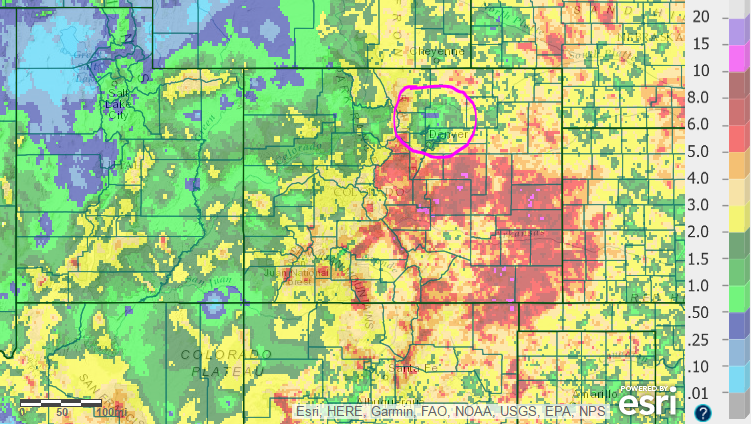
July 2017 total accumulated precipitation
As a result of the monsoon moisture and weak steering flow, some of the worst floods in state history have occurred in (early) August. The Big Thompson Flood of 1976, the deadliest flood ever in Colorado, occurred on July 31 (just a few hours before August began), and more recently, on August 10, 2013, heavy rain triggered flash floods and mudslides west of Colorado Springs. The last week of July and the first week of August are historically the peak in flash flooding for our region. However, the risk remains elevated into September, when moisture levels finally begin to drop and the upper-level winds pick up once again (e.g. remember that flood we had in September 2013?).
Wettest August: 7.41″ (1951)
Driest August: 0.03″ (1985)
Temperature
August is Boulder’s second warmest month, having a monthly mean temperature of 71 degrees (July is warmest at 73 degrees). Statistically speaking, the first of the month begins the decline in average daily high temperature, trending from 86 to 82 degrees by the close of August. The all-time record temperature for the month is 102 degrees, occurring on August 24, 1936. The coldest temperature was notched on the 25th in 1910, when the mercury plummeted to 37 degrees.
Hottest August: 76.2 oF (1919)
Coldest August: 65.2 oF (1915)
So what should we expect this August?
CLIMATE FORECAST SYSTEM MODEL
The long-range guidance of the CFS climate model suggests that the Front Range will cooler and wetter than normal for the month of August.
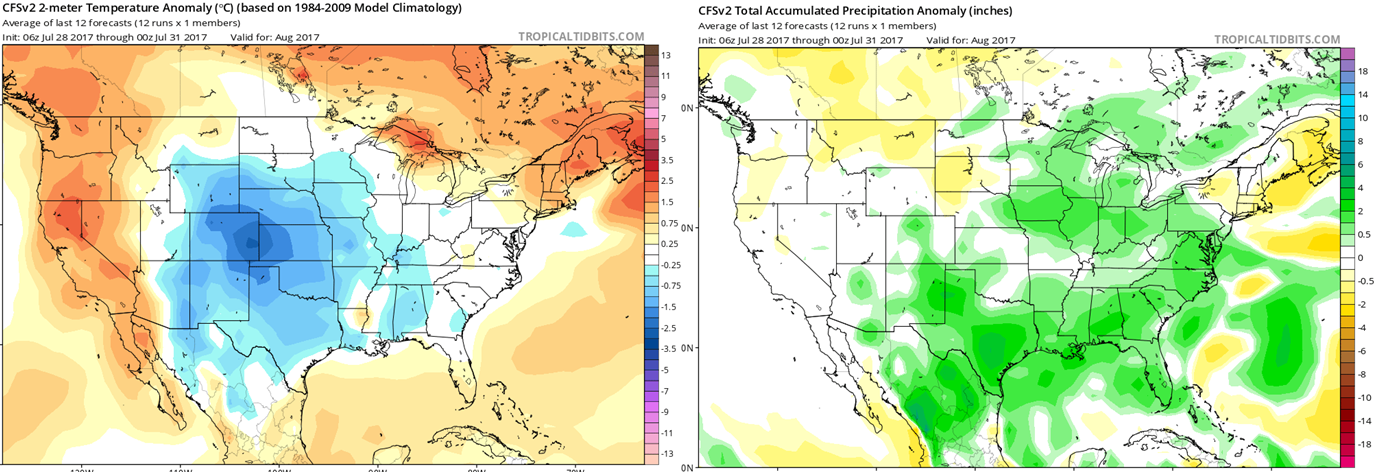
CFSv2 model outlook for the month of May. Temperature anomaly is to the left, while precipitation anomaly is to the right. | Tropical Tidbits
CLIMATE PREDICTION CENTER
The monthly outlooks released yesterday by the Climate Prediction Center paint eastern Colorado cool and soggy for August as well, with >33% chance in both respects (temperature & precipitation).

August 2017 outlooks from NOAA’s Climate Prediction Center
WEATHER MODEL ENSEMBLES
Looking at the GFS and European ensembles for the first half of August, it looks like we should expect troughing across Colorado during the first week of the month (with cool and potentially wet conditions prevailing). Both models seem to indicate a ridge will be rebuilding across the central Unites States beyond about August 10th (towards the end of the loop). This could bring warmer temperatures and revive the monsoon influx. Admittedly, uncertainty is elevated that far out.
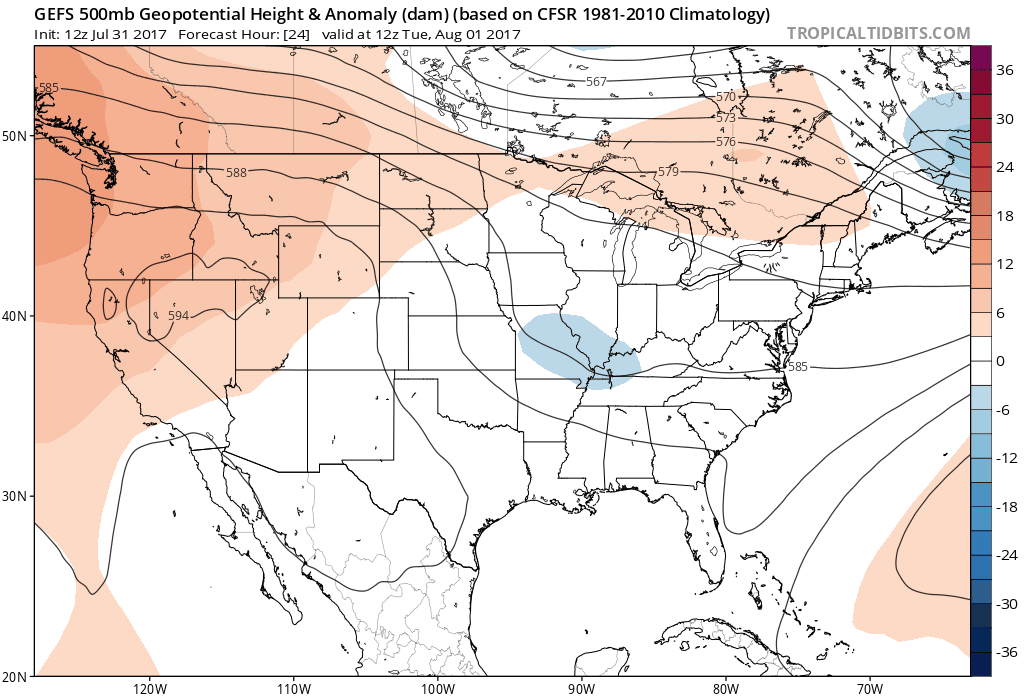
GFS ensemble forecast of 500 mb geopotential height for the first 15 days of August
WARM TROPICAL EASTERN PACIFIC OCEAN
Another factor that will sure influence our region in August is the warm eastern Pacific Ocean, which will likely continue to spawn tropical cyclones that transport copious amounts of tropical moisture northward.
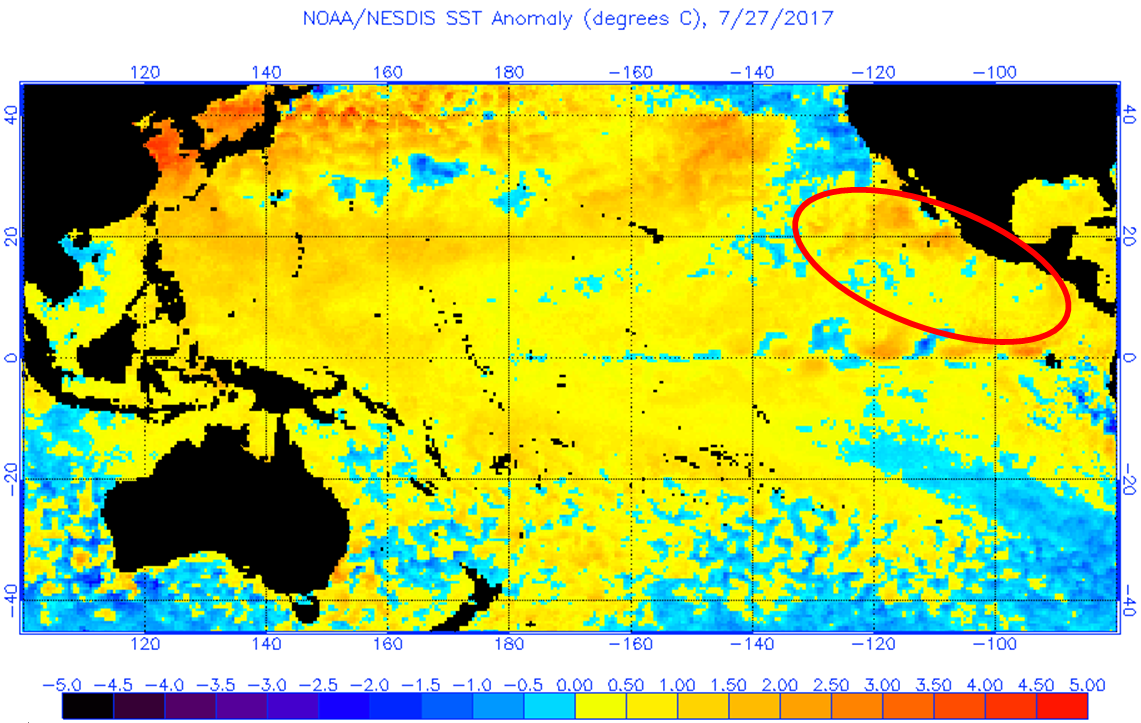
Sea-surface temperature anomalies across the Pacific Ocean as of July 27, 2017. The warm area where tropical cyclones are likely to form is circled in red.
While the Atlantic has struggled to reach five named storms so far this year, the eastern Pacific is currently entertaining Tropical Storm Irwin, the basin’s 9th named storm. So far this summer the track of these Pacific cyclones has not been ideal for pumping moisture into Colorado. The map below shows the tracks of all storms so far in 2017, as well as two “ideal” tracks in pink that would be most favorable for bringing moisture into Colorado. Nothing has made the northward turn yet, but there is still plenty of hurricane season left!
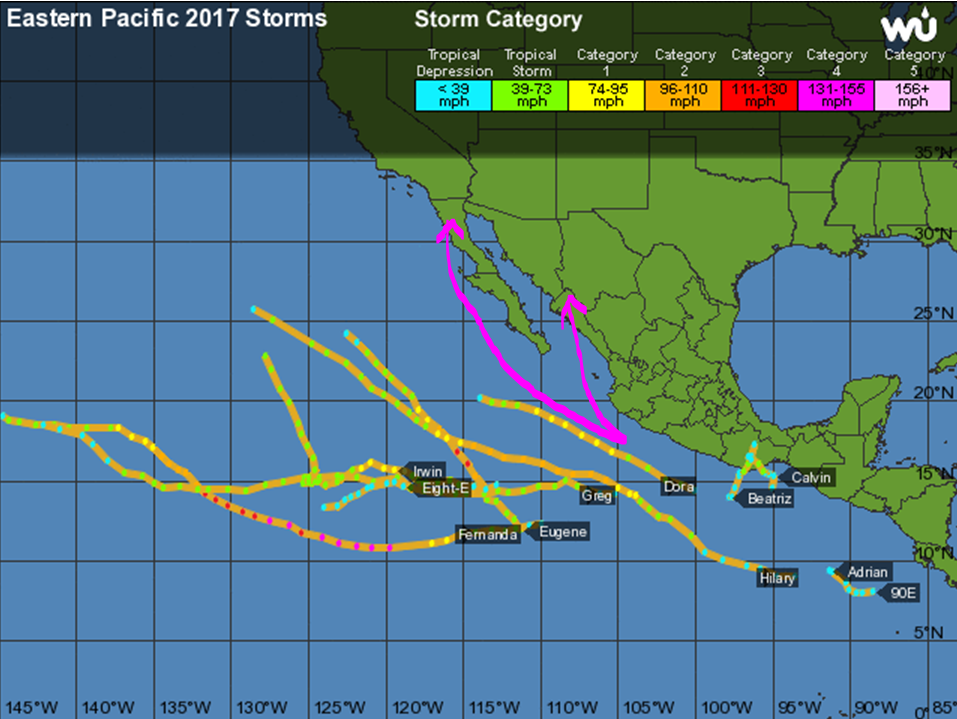
2017 Hurricane Season summary for the eastern Pacific Ocean showing all storm tracks to date. The two pink tracks show ideal tracks that would be most impactful for Colorado
THE FINAL WORD:
Blending everything we are seeing, we are forecasting ABOVE normal precipitation and BELOW normal temperatures for the month of August. This trend is all but a certainty the first ten days of the month with a massive trough developing. We’re hopeful that one or two tropical cyclones in the eastern Pacific will take a favorable track and bring deep moisture towards Colorado in the second half of the month. The Front Range sure could use a cool and soggy August given the ongoing fire ban and the recent return of “Abnormally Dry” conditions….
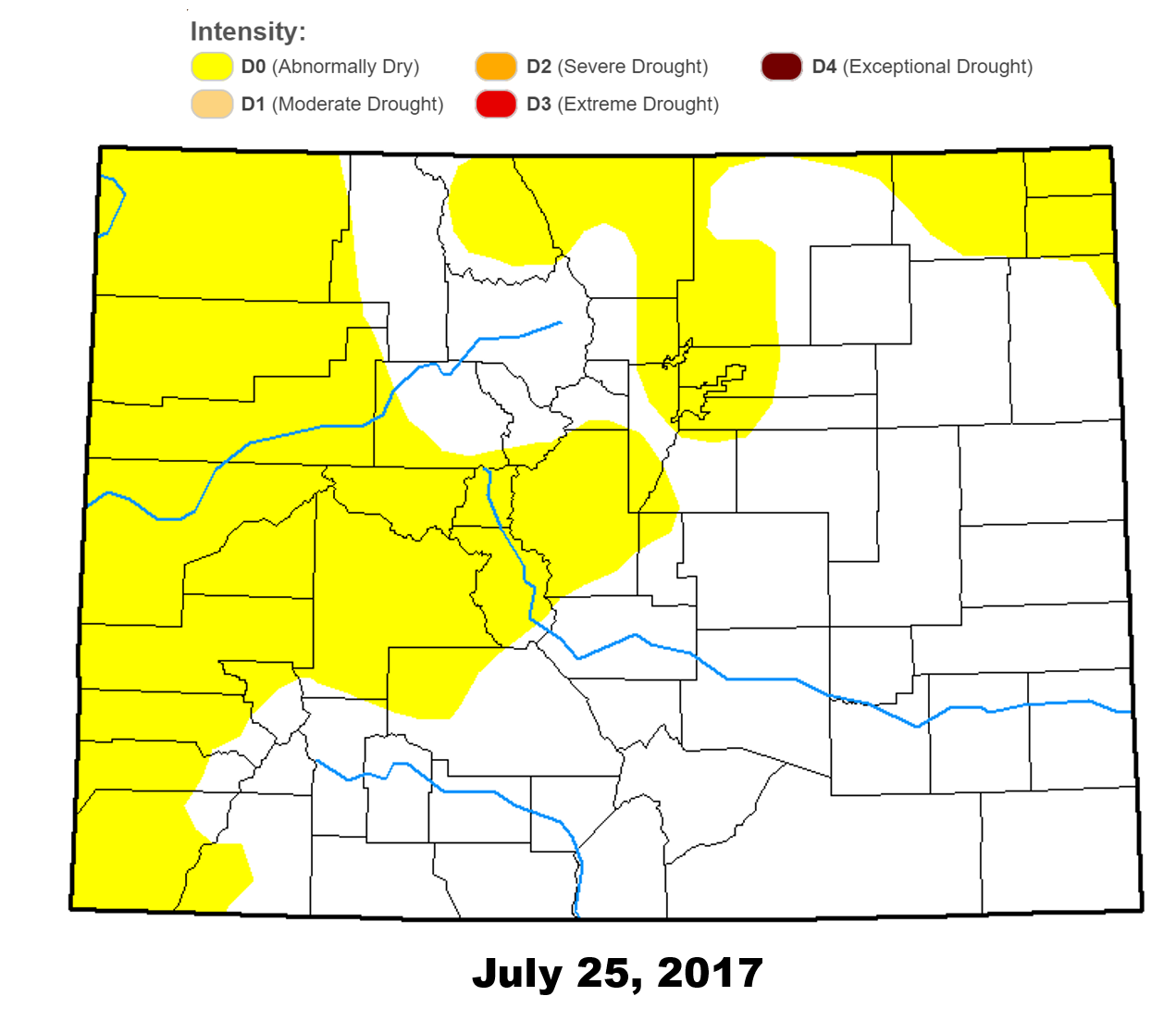
U.S. Drought Monitor updated map as of July 25, 2017 showing abnormally dry conditions (pre-drought) taking hold across the Metro Area and the Western Slope of Colorado.
.

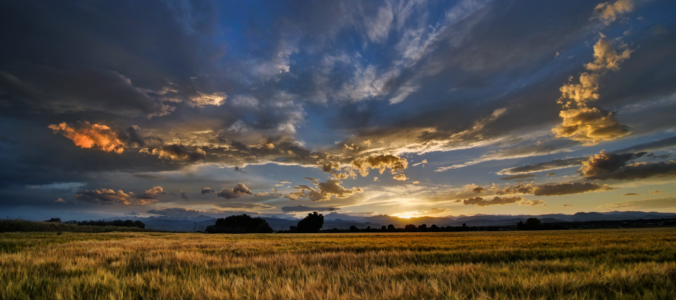
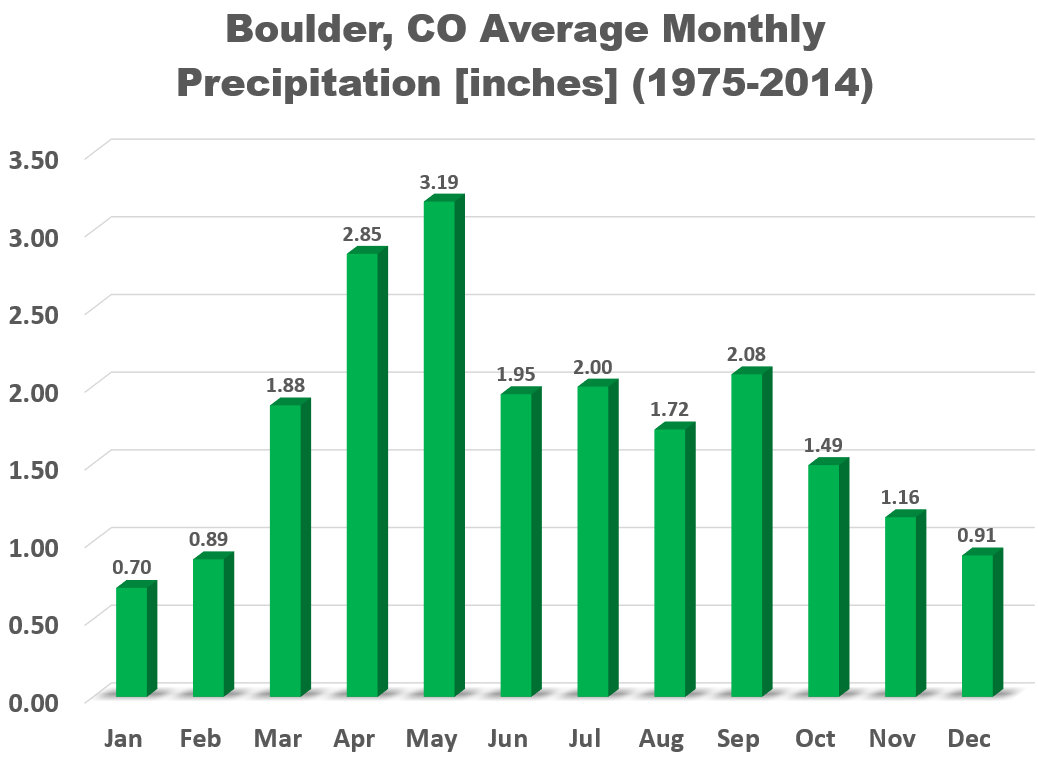
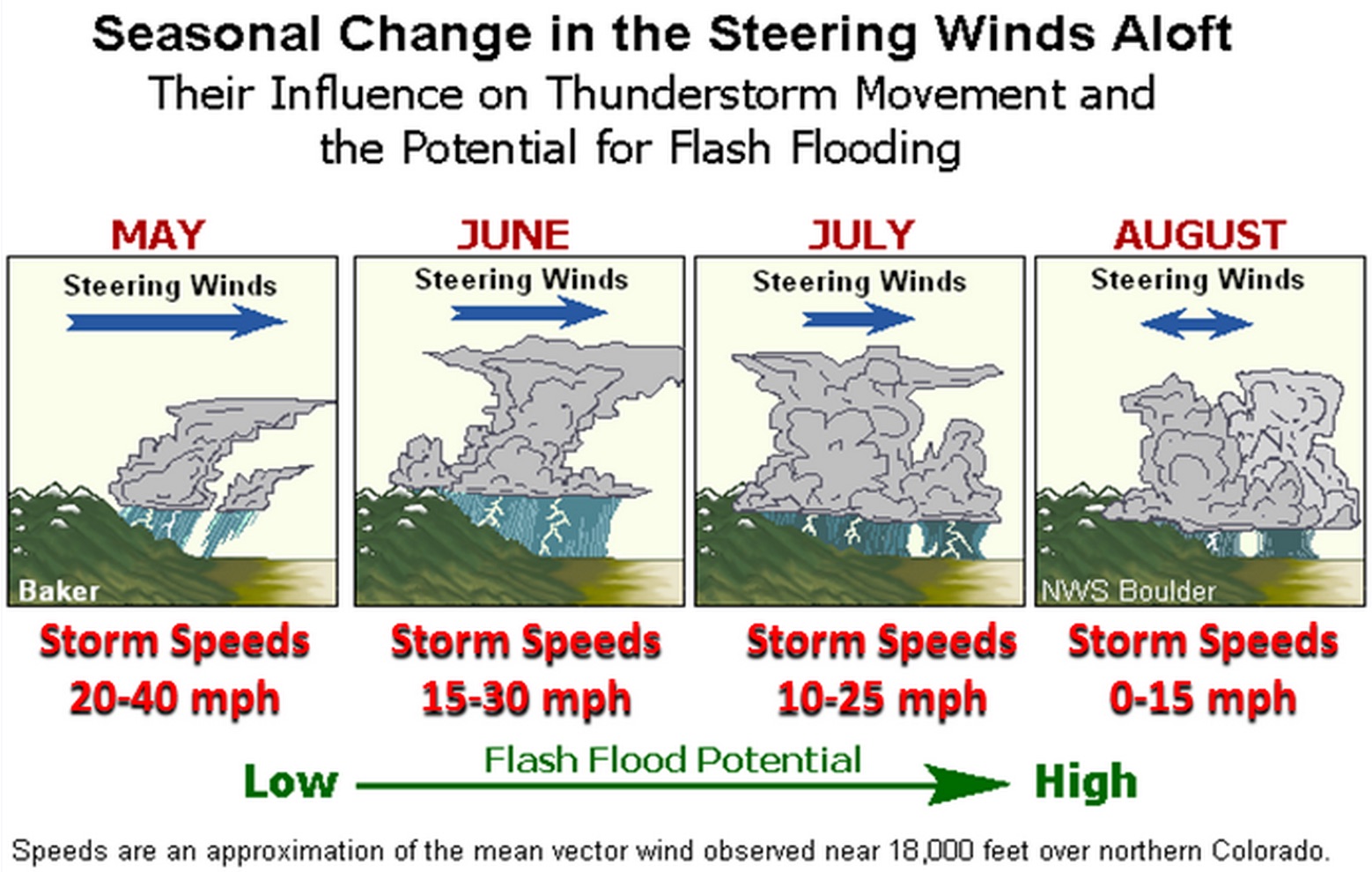
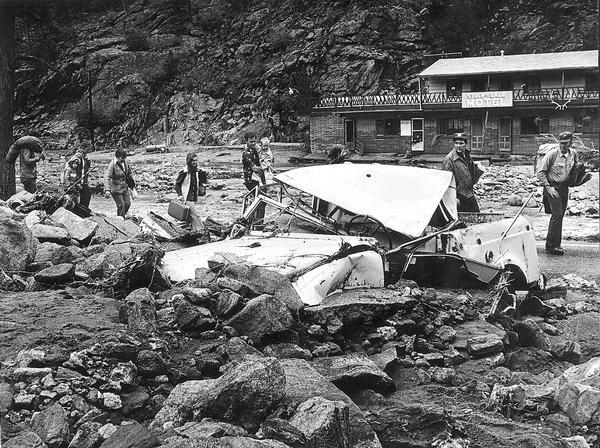






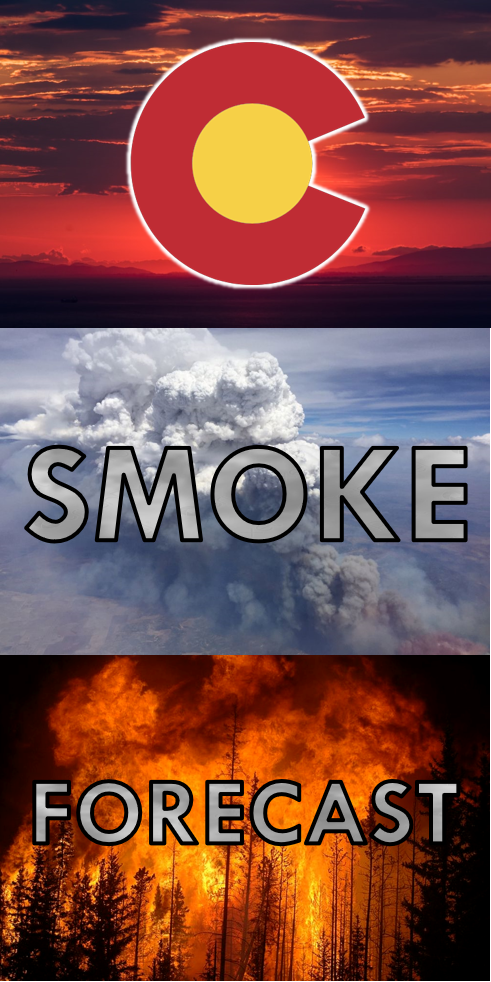


You must be logged in to post a comment.